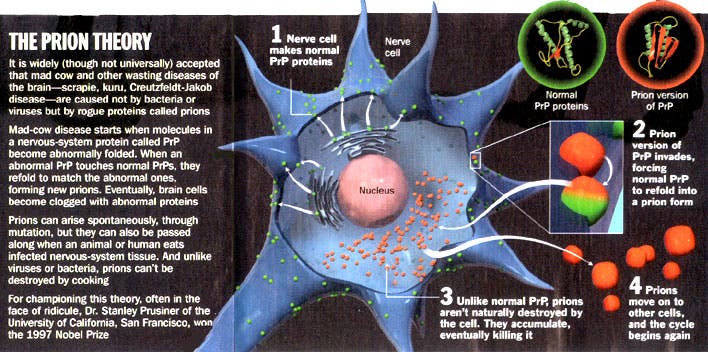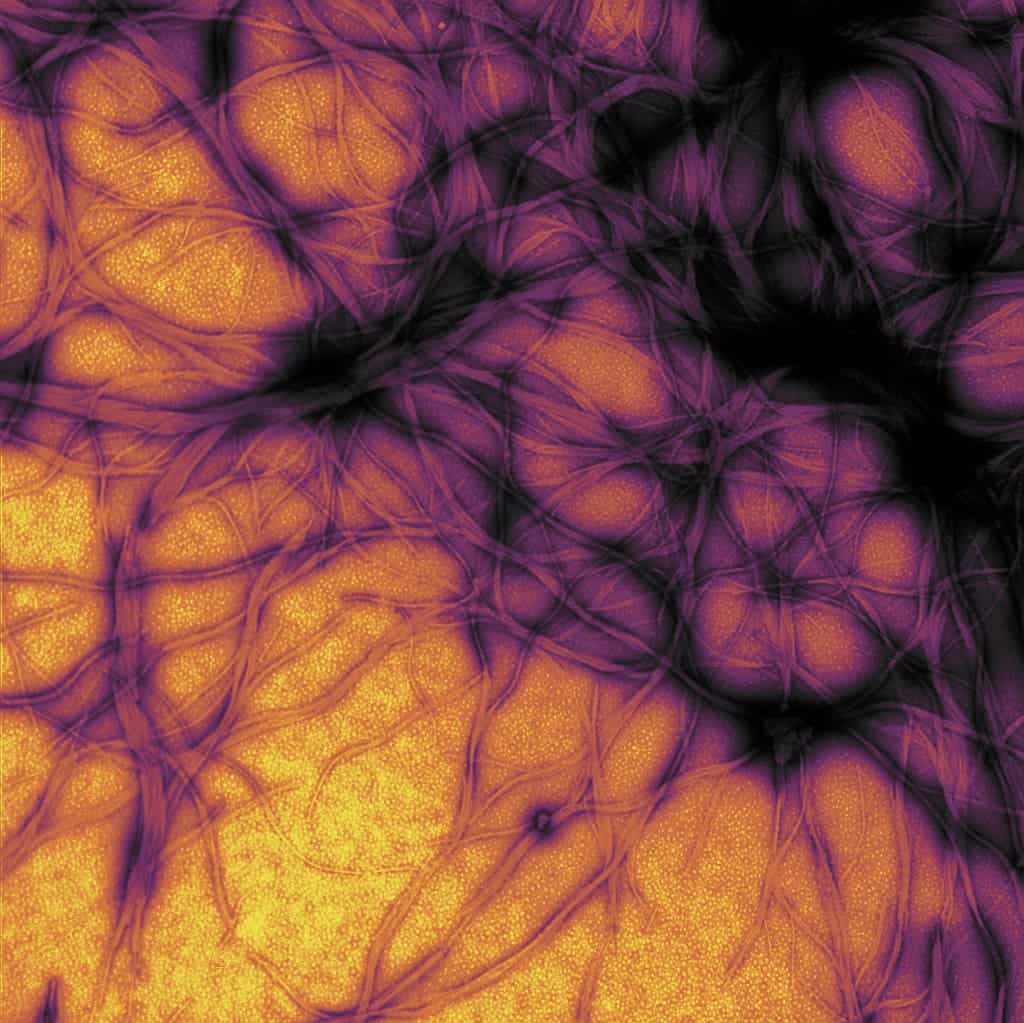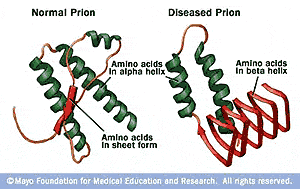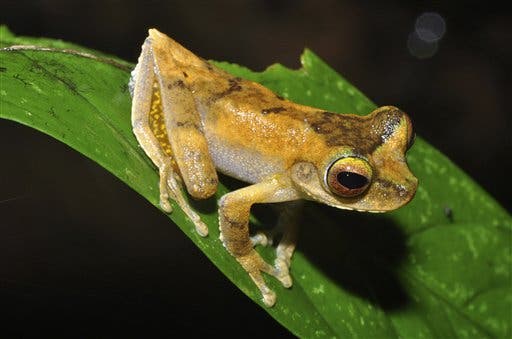A recent study involving a Papua New Guinea tribe that practiced cannibalistic funeral customs sheds new light on prion-related conditions such as mad cow disease.
Prions are infectious agents that cause often fatal brain diseases such as CJD in humans, scarpie in sheep and BSE (mad cow disease) in cattle. They are also known to be a rare but important cause of dementia, and it is now recognized that the process involved in these conditions – prion proteins chaining together to form polymers that damage the brian – is also what happens in conditions such as Alzhimer’s, Parkinson’s and other neurodegenerative diseases.

The Fore’s tribe particular funeral customs have made them susceptible to prion infections. When a member of the tribe dies, tradition calls for his family members to consume his brain. Now-abandoned, this custom led to a terrible outbreak of the shaking disease — or kuru — claiming the lives of up to 2% of the population yearly by 1950. But the high rate of infections bore unexpected fruit: some members of the Fore tribe have developed prion-resistance genes.
“This is a striking example of Darwinian evolution in humans, the epidemic of prion disease selecting a single genetic change that provided complete protection against an invariably fatal dementia,” said John Collinge of the Institute of Neurology’s prion unit at University College London, which co-led the work.

The team searched for people in the affected area that have been exposed to kuru but have survived since the days of late 1950 when the cannibalistic mortuary practices were abandoned. It was thought that their resistance to the disease can trace its roots into genetic code, and studying these changes could hold the secret to stopping or treating CJD. They isolated a gene – the prion protection gene – that seemed to protect tribesmen from kuru, and bred genetically engineered mice that had this genetic modification.
Dr Emmanuel Asante said: “From the human genetic work the Unit has carried out in Papua New Guinea we were expecting the mice to show some resistance to disease. However, we were surprised that the mice were completely protected from all human prion strains. The result could not have been clearer or more dramatic.”
“This is a striking example of Darwinian evolution in humans – the epidemic of prion disease selecting a single genetic change that provided complete protection against an invariably fatal dementia. Much work is now on-going in the MRC Unit to understand the molecular basis of this effect which we expect to provide key insights into how seeds of other misshapen proteins develop in the brain and cause the common forms of dementia, thereby guiding us to new treatments in the years ahead.” added Professor John Collinge, who leads the kuru research programme.
The full study has been published in Nature.






